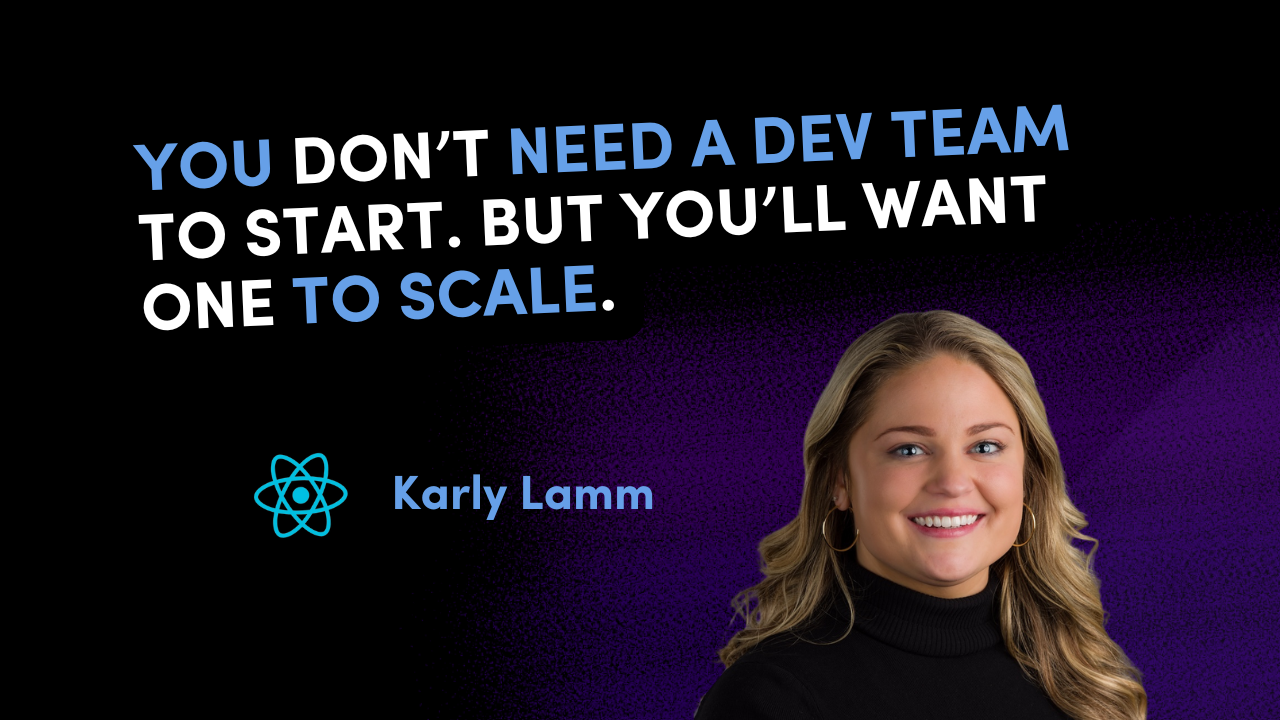Imagine this:
You’re building a shiny new web app (maybe in React!) and you need a way to handle all the user data, requests, and sensitive information. But, as with any good party, you want to make sure that only invited guests (aka, authenticated users) are allowed in, and you don’t want anyone sneaking in uninvited...
This is where API Gateway, Authentication, and Authorization come in to keep things secure, smooth, and running like a well-oiled machine.

Let’s dive into how to use these tools to protect your APIs and your precious app from unwanted visitors!
Step 1: Architecting Your Web Application (The Blueprint)
Imagine your web app is like a storefront. The React frontend is your shiny display window, and the API backend is the store behind the scenes where all the magic happens. You’re running a cool web app with APIs that handle things like:
- GET /api/products — Display products to customers.
- POST /api/users/login — Let users log in and shop.
- GET /api/orders/{orderId} — Show order details to the right customers.
However, managing each individual API directly can get a little crazy, especially if you have tons of requests coming in.
Enter the API Gateway, like the manager of your storefront who handles all the customers coming in and out, directing traffic to the right departments, ensuring the right people are allowed through, and keeping an eye on everything.

Why Use an API Gateway?
An API Gateway is like the friendly bouncer at the door. Instead of each backend service checking who’s coming in, the API Gateway acts as the first line of defense. It decides who gets in (authentication), checks if they’re allowed to access certain areas (authorization), and even does some housekeeping, like:
- Rate limiting (making sure customers don’t bombard your store all at once).
- Caching (so you don’t have to repeat yourself).
- Logging and monitoring (keeping track of everything so nothing gets out of hand).
In Azure, API Management (APIM) is the go-to tool for this role. Think of it as your app’s personal bouncer!
Step 2: Implementing Authentication & Authorization
(The Guest List) Authentication: Who’s Coming In?
First things first: before letting anyone in, you need to know who they are.
It’s like checking IDs at the door—except in the world of web apps, we’re using authentication to verify that users are who they say they are.
- OAuth 2.0 & OpenID Connect are the VIP guest list here. These are the fancy protocols that make sure only the right people get in, and they do so by issuing a JWT (JSON Web Token) once the user is verified.
How does it work?
Imagine you have a party invite (your JWT) that you keep in your pocket (securely in cookies) whenever you want to get into the VIP area (the protected APIs). When the React app makes requests to the backend, it shows the invite (JWT token) to prove it’s legit.
Authorization: What Can You Do Here?
Now that we know who’s at the party, we need to figure out who gets access to what. This is where authorization comes into play.
- Role-Based Access Control (RBAC) lets you assign different roles to your users—maybe “Admin” has access to everything, while “User” can only check out products. Think of it as having a velvet rope to the VIP section: only certain people are allowed beyond it.
The JWT token you passed around earlier also helps here! Inside that token, you’ll find claims that specify what actions the user is allowed to perform (e.g., read:products, write:orders).
Step 3: Securing APIs with Azure API Management (The Bouncer at the Door)
Let’s bring everything together! With Azure API Management, you can set up your API Gateway to:
- Authenticate: Check the user’s JWT token to confirm they’re allowed to request anything.
- Authorize: Based on their roles or scopes (the information inside the token), you determine whether they have access to a particular resource (e.g., GET /api/products or POST /api/orders).
Here’s how you can do that:
- Create Your APIs in Azure API Management:
Set up routes for each of your backend services—like a list of products, login endpoints, etc. - Enable OAuth 2.0 Authentication:
Link Azure AD or any other identity provider (like Auth0) to manage the authentication flow. API Management will use this to validate JWT tokens. - Add Authorization Rules:
Enforce RBAC or scopes (e.g., only admins can access /api/orders). - Monitor and Protect:
Set up policies to prevent overuse, log traffic, and monitor requests for security.
Step 4: Connecting the Frontend (The Customer’s Experience)
Alright, now that we’ve got the back-end API secured, let’s talk about how your frontend app connects with those protected APIs.
- Login Flow:
When a user logs in, they’ll receive a shiny JWT token. After logging in, the token is stored safely (preferably in memory or HttpOnly cookies). - Calling APIs:
Every time your app calls the backend APIs, it includes the JWT token in the request header, like so:
Copyfetch('/api/products', { headers: { Authorization: `Bearer ${jwtToken}` }});Token Expiry:
Tokens have a short lifespan. Just like your event tickets, they’ll expire after a while. Ensure your app handles token refresh to keep the party going.
Step 5: Monitoring & Logging (Keeping an Eye on the Party)
Once your app is up and running, it’s important to keep track of everything to make sure no one’s sneaking in or causing trouble. That’s where monitoring comes in.
- Azure Monitor & Application Insights let you keep an eye on API performance, errors, and usage stats. This is like having security cameras and guest logs to track who’s doing what.
- API Management logs track all incoming requests and help you spot any funny business.
Conclusion: Party’s On, and It’s Safe!
By using an API Gateway like Azure API Management with built-in authentication and authorization, your web app is like a well-secured party: only the right people are allowed in, and you can monitor and control who’s doing what.
You’re not just opening up your doors to anyone—you’ve got a solid system in place that ensures security and scalability. So go ahead and start building your secure, scalable web app!
With an API Gateway and proper authentication and authorization, your app will be both safe and ready to scale.

Looking to grow your business through software?
Send us a message via our contact form, or email hello@avironsoftware.com





